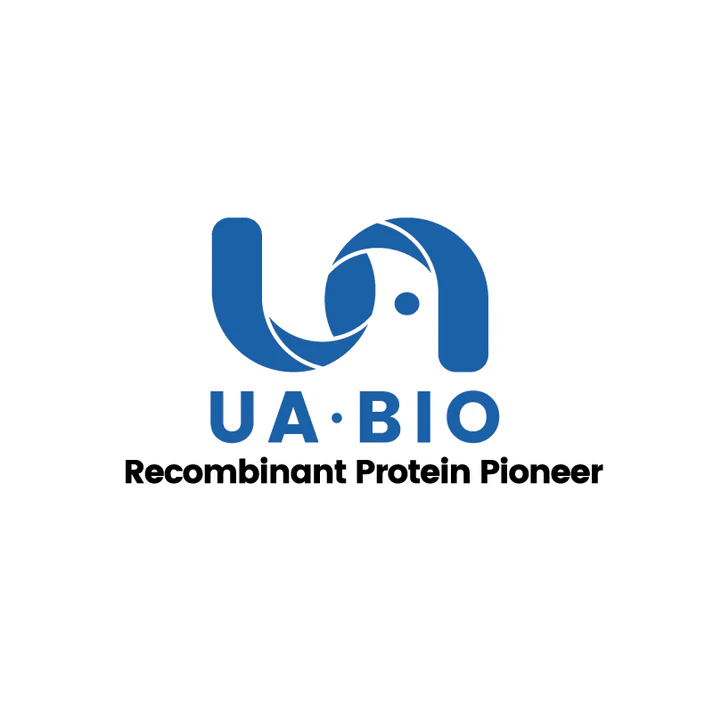2μg (R: reducing condition, N: non-reducing condition).
Product Details
Product Details
Product Specification
| Species | Human |
| Synonyms | CD300c antigenCMRF35 antigen; CD300c molecule; CD300c; CLM6; CLM-6; CMRF35 leukocyte immunoglobulin-like receptor; CMRF35; CMRF-35; CMRF35A leukocyte immunoglobulin-like receptor; CMRF-35A; CMRF35ACMRF35A1; CMRF35CMRF35-A1; CMRF35-like molecule 6; IGSF16 ; IgSF16; IGSF16CD300 antigen-like family member C; Immunoglobulin superfamily member 16; LIR |
| Accession | Q08708 |
| Amino Acid Sequence | Met29-Arg183, with C-terminal His |
| Expression System | HEK293 |
| Molecular Weight | 30-45kDa (Reducing) |
| Purity | >95% by SDS-PAGE |
| Endotoxin | <0.1EU/μg |
| Conjugation | Unconjugated |
| Tag | His Tag |
| Physical Appearance | Lyophilized Powder |
| Storage Buffer | PBS, pH7.4. |
| Reconstitution | Reconstitute at 0.1-1 mg/ml according to the size in ultrapure water after rapid centrifugation. |
| Stability & Storage | · 12 months from date of receipt, lyophilized powder stored at -20 to -80℃. · 3 months, -20 to -80℃ under sterile conditions after reconstitution. · 1 week, 2 to 8℃ under sterile conditions after reconstitution. · Please avoid repeated freeze-thaw cycles. |
| Reference | 1.Clark, G.J. et al. (2001) Tissue Antigens 57:415. 2.Borrego F. (2013) Blood 121:1951. 3.Vitallé J. et al. (2019) Eur J Immunol. 49(3):364. |
Background
CMRF-35-like molecule-6 (CLM-6), known as LMIR8, CMRF-35A1, and CD300c, is a type I transmembrane glycoprotein belonging to the immunoregulatory signaling (IRS) family of immunoglobulin-like molecules. A charged amino acid residue in the transmembrane domain of CD300c/CLM-6, found in additional family members CLM‑2, CLM-4, CLM-5, and CLM-7, enables interactions with adapter proteins. CD300c has been shown to be a FcR gamma -coupled receptor that is selectively expressed in Plasmacytoid dendritic cells (pDCs). CD300c signals might negatively regulate the activation of pDCs in response to viral infections. Additional research into CD300 receptor function during viral infections could help develop novel anti-viral therapies.
Picture
Picture
SDS-PAGE


